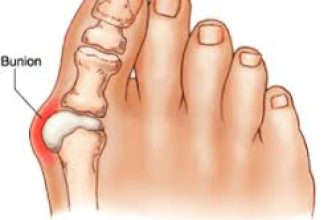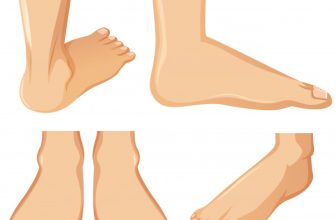There are a lot of eye diseases that can affect the eyes and vision of a person. Some of these are a result of other diseases and some are caused by genetic disorders. Some of these diseases can be treated and managed if identified at an early stage, while some may have a permanent impact on the vision of the person.
Common eye diseases: An overview of different eye diseases
Eye diseases are a global health problem. They are common in the Western world; over 1 in 10 adults in the U.S. have a vision-impairing eye disease. Common eye diseases are the ones that are occurring most often. The majority of them are curable and treatable.
Infact, most of them have to do with improper nutrition and avoidance of sun. You can make sure that you don’t have any of these diseases by seeing a doctor once a year and make sure to get a complete eye exam at least once every 3 years.
Here is a list of different common eye diseases
1: Refractive Errors
Refractive errors or refractive defects are errors in the focusing of light by the eye. An eye with a refractive error will produce a blurred image of an object for near vision. The greater the refractive error, the more blurred the near vision will be.
Children usually have greater refractive errors than adults because the shape of the eye is still changing, and the eyeball lengthens with age.
2: Age-Related Macular Degeneration
Age-related macular degeneration is a disease of the macula, located in the retina. This area of the eye allows for fine vision and has around 100,000 photoreceptors that help with color and light sensitivity. AMD could lead to scarring in the part of the eye responsible for providing you with clear vision, or the potential loss of it altogether.
Although it often progresses slowly it may eventually lead to blindness as time goes on, and although this disease can occur at any age – it does appear to be more common in people over fifty years old.
3: Cataract
Cataract is a condition in which the lens in the eyes becomes cloudy and vision is blurred. This happens due to the lens being damaged. Cataract is a major cause of vision loss in the elderly. Vision loss occurs due to cataract when the damaged lens begins to develop small irregular-shaped opacities that scatter and distort light passing through the lens . The damage to the lens is caused by the breakdown of proteins in the lens.
4: Diabetic Retinopathy
Diabetic retinopathy is one of the leading causes of blindness, and is an eye disease that’s caused by diabetes. In fact, Diabetic retinopathy is the first disease to be identified and characterized as a complication of diabetes. Diabetic retinopathy is a condition in which abnormal blood vessels grow on or behind the retina, the light-sensitive tissue at the back of the eye that sends images to the brain.
Diabetic retinopathy affects both type 1 and type 2 diabetes. The condition is usually painless and progresses slowly if untreated. Because of Diabetic retinopathy, you can face vision loss and blindness. Scientists have been trying to find a cure for diabetic retinopathy for years, but the best way to protect your sight against diabetic retinopathy is to keep your blood sugar at normal levels.
5: Glaucoma
Glaucoma is a common eye problem that affects the optic nerve. It transmits visual information to the brain. Most people, who have glaucoma, have no symptoms. Some, however, may have eye pain, cloudy vision, halos around bright lights, or blurred vision. Glaucoma is usually discovered during a routine eye examination.
There are two primary types of glaucoma: open angle glaucoma and closed angle glaucoma. If untreated, glaucoma can cause blindness. Glaucoma is treatable. So, go see an eye doctor if you notice changes in your vision.
6: Amblyopia
Amblyopia is better known as lazy eye. It is caused when the eye and brain do not work together properly during childhood. Sometimes the problem is not apparent until the child starts school and has trouble seeing the blackboard.
Other common symptoms are not pointing to things out of the ordinary, not following objects (like a ball) with the eyes, not turning the head and body to look at things, or not following an object with one eye when the other is closed.
Treatment should begin when a child is young because the brain is more easily restrained. Treatment may include patching the good eye, glasses, eye drops, and/or eye exercises.
7: Strabismus
Strabismus is a condition in which the eyes deviate from their normal range of alignment and point in different directions. Strabismus can be a binocular problem, involving misalignment of both eyes, or can be monocular , involving one eye only.
Conclusion:
If you have been diagnosed with a common eye disease, you are not alone. Millions of people around the world suffer from one of the many common eye diseases, and it is important that you know how to live with it. We hope that this article has given you the information you need to do so. If you want to know more about the most common eye diseases, contact a doctor today!




